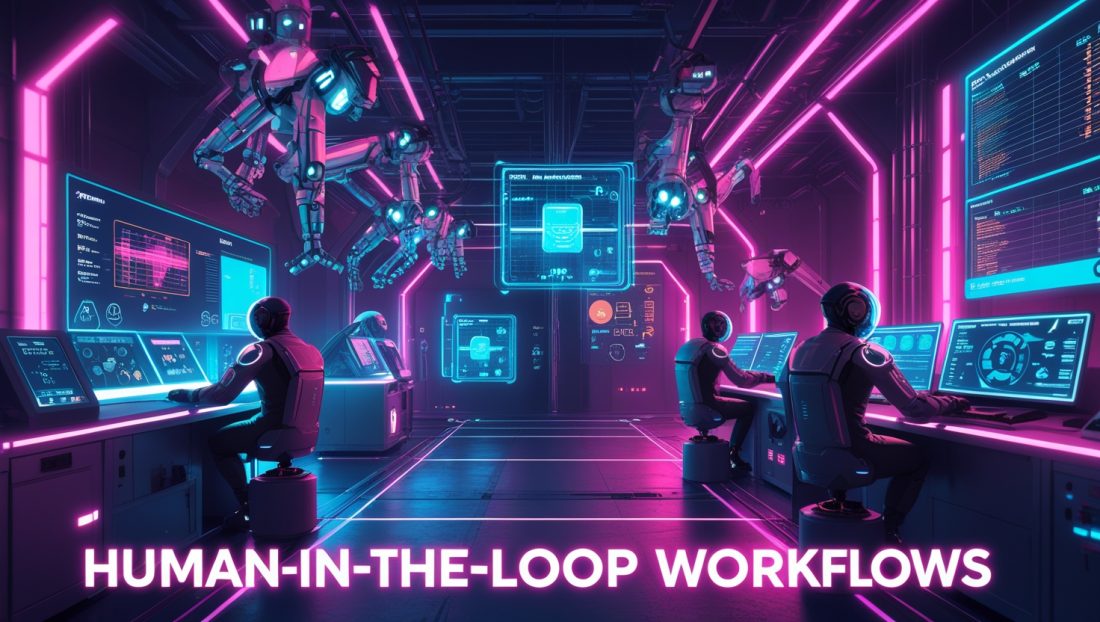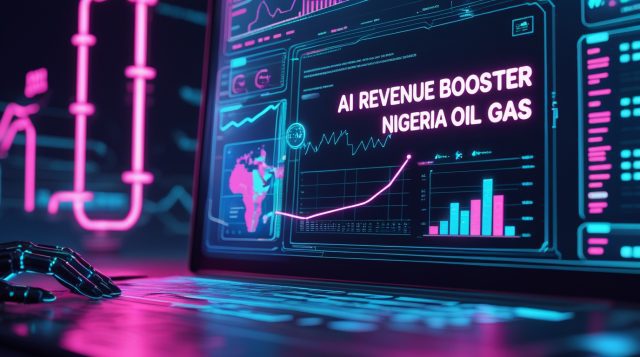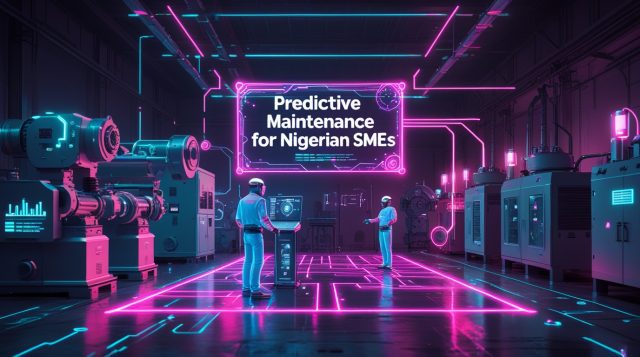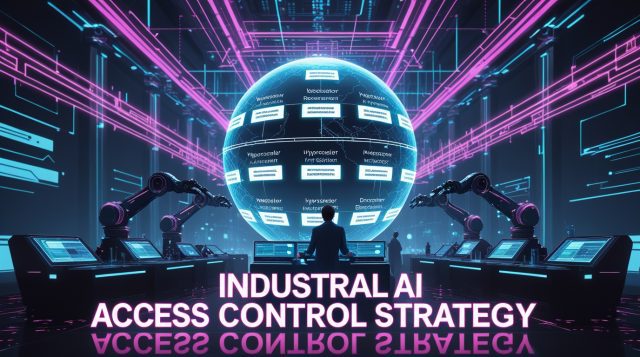Why Industrial AI Can’t Afford Without Human Oversight
In a German automotive plant last quarter, an AI vision system flaw nearly caused a recall of 12,000 vehicles. The cause? An undetected anomaly in weld quality checks that algorithms alone couldn’t contextualize. This incident—resolved only when human inspectors correlated environmental sensor data with visual defects—exposes a critical truth: Industrial AI reaches its full potential only when paired with human expertise through human-in-the-loop workflows. For deeper insights into how AI vision systems are revolutionizing defect detection, explore how 2025 computer vision robotics crushes defects and dominates the industry. This synergy ensures precision where algorithms falter, safeguarding millions in potential losses.
With 73% of manufacturers now embedding AI in production systems (per PwC’s 2025 data), vendors are transforming oversight from a cost center into a premium revenue stream. The global HITL market is projected to reach $3.8B by 2027, driven by regulatory mandates and escalating quality demands.
Monetizing Human-in-the-Loop Workflows in Industry
1. Value-Based Pricing Frameworks
Industrial clients pay premiums for measurable risk reduction. Leading vendors like Siemens Industrial AI now offer tiered HITL services:
- Basic: Algorithmic validation ($8K/month)
- Premium: Domain-expert review + compliance auditing ($24K/month)
- Enterprise: Real-time crisis intervention teams ($200K+/month)
As Lena Petrovic, AI Risk Officer at BASF Digital Solutions, aptly stated, manufacturers don’t buy oversight—they buy insurance against $23M recalls. A pharmaceutical client reduced FDA audit failures by 88% using tiered human validation, justifying 14x ROI on HITL fees.
2. Specialized Workflow Integration
- Predictive Maintenance: Human engineers validate AI failure predictions before triggering shutdowns. For a real-world example, see how predictive maintenance AI leads factory efficiency in 2025.
- Supply Chain Resilience: Logistics experts override AI routing during geopolitical disruptions.
- Quality Assurance: Multi-layer human verification for automotive/aerospace compliance.
Table: HITL Workflow Value Metrics in Industrial Sectors
| Sector | Key Workflow | Cost Savings | Premium Charge |
|---|---|---|---|
| Pharmaceuticals | Drug inspection audits | $1.2M/avoided recall | $18K/month |
| Energy | Pipeline corrosion analysis | $630K/prevented leak | $9K/month |
| Automotive | Crash test simulation review | $4.2M/design cycle | $52K/month |
Source: Ibbaka 2025 AI Monetization Report
3. Compliance-as-a-Service
With the EU AI Act mandating human oversight for high-risk systems, vendors bundle:
- Audit trails with biometric reviewer verification
- Customizable approval chains (e.g., 4-eye principles)
- Sovereignty-compliant reviewer geolocation
IBM’s Regulatory Hub now generates $47M annually by automating GDPR/AI Act compliance workflows across 12,000 factories. To understand how compliance is shaping AI adoption, check out how industrial AI safety compliance in robotics is critical for 2025.
Technical Implementation Best Practices
A. Dynamic Routing Engines
Modern frameworks like LangGraph allow conditional human escalation:
python
if (ai_confidence_score < 0.9) or (risk_class == "HIGH"):
trigger_human_review() This reduces human workload by 71% while capturing 99.4% of critical errors. For a broader perspective on AI optimization, Forbes’ article on AI-driven automation highlights how dynamic routing enhances efficiency across industries.
B. Domain-Expert Marketplaces
Platforms like Humans in the Loop curate industrial specialists:
- AS9100-certified aerospace inspectors
- Six Sigma Black Belt manufacturing engineers
- Petrochemical corrosion experts
Vendors markup specialist rates 200-400%, creating $120M+ niche revenue pools. For more on how AI marketplaces are driving innovation, McKinsey’s report on AI talent ecosystems provides a compelling look at global trends.
Industrial Case Studies
1. Volvo’s Autonomous Quality Gates
- Challenge: False positives in AI weld inspection delaying production
- HITL Solution: Tiered review system with local technicians + Swedish metallurgists
- Result: 22% faster approvals, $8.3M annual savings, 0 recall risks
- Monetization: ABB charges per validated inspection tier ($0.18-$4.20/unit)
2. Shell’s Predictive Maintenance Overhaul
- Challenge: AI falsely flagged compressor failures during sandstorms
- HITL Solution: Remote engineers contextualize weather/equipment data
- Result: 91% accuracy in failure predictions, $14M avoidance
- Monetization: Baker Hughes charges 7.5% of savings via value-sharing contracts
The Compliance Frontier
Regulatory shifts are creating mandatory HITL markets:
- EU Machinery Regulation (2025): Requires human sign-off on safety-critical AI decisions
- FDA AI/ML Validation Guidance: Mandates clinician review for medical device changes
- ISO 42001 Annex H: Standardizes HITL documentation for quality systems
Vendors like Siemens Healthineers now generate 18% margins on compliance workflow subscriptions.
Future Outlook: The 2027 Hybrid Workforce
- Predictive Escalation Engines: AI forecasting when humans will be needed
- AR-Assisted Validation: Technicians reviewing AI via holographic interfaces
- Blockchain Audit Trails: Immutable proof of human oversight for compliance
As Gartner’s 2025 Industrial Automation Report notes, by 2027, 40% of plant managers will oversee AI agents, not people.
FAQ: Industrial HITL Monetization
How do vendors prevent human reviewers from becoming bottlenecks?
Leading platforms use adaptive batching—grouping low-risk validations while prioritizing critical issues. Siemens Industrial AI achieves 93% review completion in under 8 minutes.
Will generative AI eliminate human reviewers?
Ironically, GenAI increases HITL demand—42% of manufacturers report more oversight needs due to hallucinated technical data. Human validation hours grew 17% YoY despite AI accuracy gains.
The Strategic Imperative
Industrial AI vendors aren’t selling oversight—they’re enabling human-machine symbiosis. As Tesla’s 2024 recall of 2M autopilot systems revealed, skipping expert validation risks billions. The premium isn’t for labor; it’s for accountability architecture that converts AI’s speed with human wisdom.
A Fortune 500 Plant Director put it best: “Our $240K/month HITL contract isn’t an expense—it’s the reason we sleep soundly.
”For vendors, this represents the highest-margin AI service category emerging this decade. Those industrializing the human-machine handshake will dominate the next era of industrial automation.



